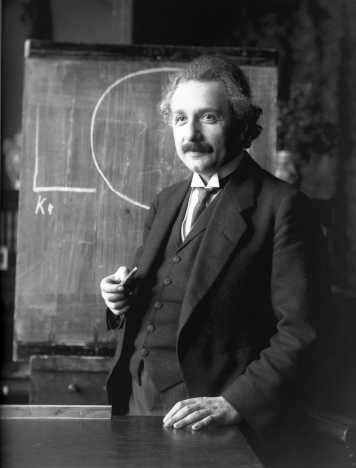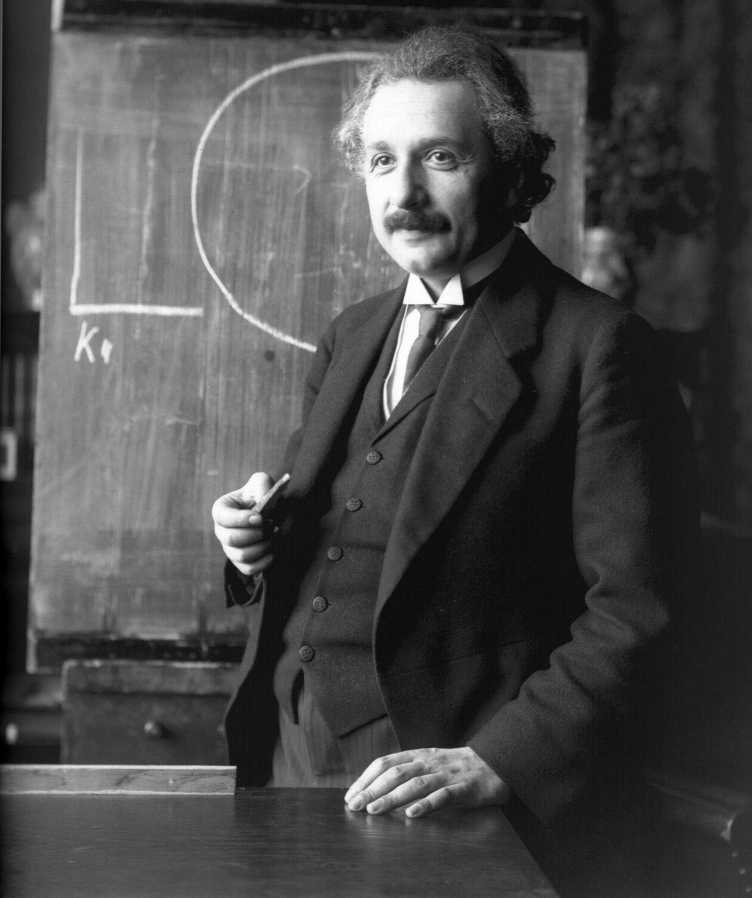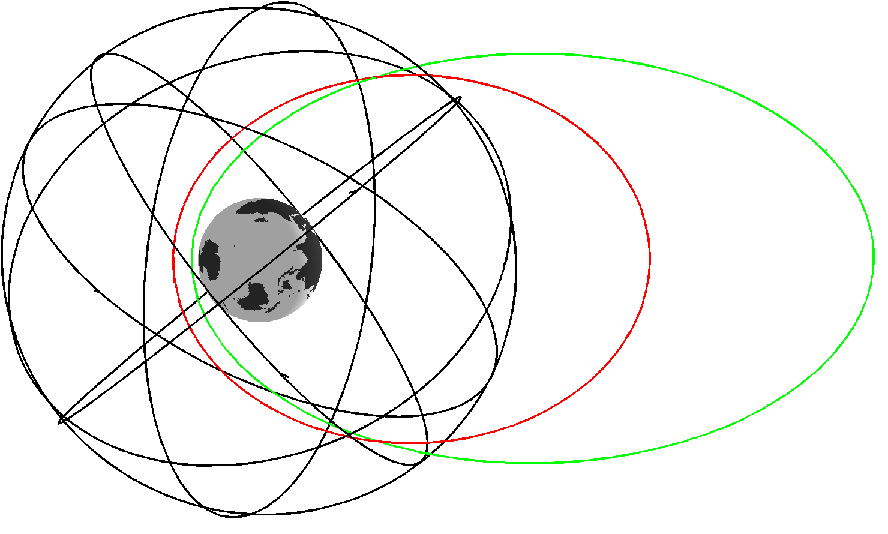E-GRIP

One of the basic postulates of the theory of general relativity is the Einstein equivalence principle (EEP). As a direct consequence of the EEP, time runs more slowly near massive bodies. This effect can be detected when comparing time intervals measured by identical clocks at different depths in a gravitational field.
The Einstein gravitational red-shift probe E-GRIP is envisaged to be a space mission with the aim to test and improve the verification of the EEP based on precise gravitational red-shift measurements.
Motivation

Einstein's theory of general relativity (GR) is a cornerstone of our current description of the physical world. It is used to understand the flow of time in presence of gravity, the motion of bodies from satellites to galaxy clusters, the propagation of electromagnetic waves in the presence of massive bodies, the evolution of stars, and the dynamics of the Universe as a whole.
One of the basic postulates of GR is the Einstein equivalence principle (EEP). As a direct consequence of the EEP, time runs more slowly near massive bodies. This effect can be detected when comparing time intervals measured by identical clocks at different depths in a gravitational field.
The planned E-GRIP mission
The Einstein gravitational red-shift probe (E-GRIP) is envisaged to be a space mission with the aim to test and improve the verification of the EEP based on precise gravitational red-shift measurements. A satellite in a highly elliptic orbit will carry a very precise and stable atomic clock (hydrogen maser) connected to a GNSS receiver and a metrological downlink.
The higly elliptical orbit (two studied types are shown in Fig. 1) guarantees that the satellite moves through very different regions in the gravitational fields of the Sun, Moon and Earth. The ultra-stable on-board clock will allow red-shift measurements and observatuons of the frequency modulation along the orbit. The space-to-ground downlink will allow a direct comparison of the on-board clock with atomic clocks located on the Earth allowing a direct measurement of the red-shift caused by the gravitational field of the Earth.
Besides the dependency on gravitational potential, several relativistic effects increase with increasing velocity. Due to the highly elliptic orbit, the satellite will be moving very fast in the vicinity of the perigee thus making diverse aspects of GR detectable.
Connecting the atomic clock to a high-precision GNSS receiver will allow a very precise orbit determination for the computation of relativistic effects as well as a very accurate determination of the clock and the variations during an orbital revolution as basis for the red-shift tests. A SLR retro-reflector and a VLBI transmitter are planned as additional payload helping to separate orbit modeling deficiencies from the relativistic effects causing the clock variations. The co-location and calibration of the three space-geodetic techniques GNSS, SLR and VLBI on the same satellite will be a major challange in the E-GRIP mission.
The E-GRIP project
The E-GRIP project is a mission feasability study bringing together experts from the fields of Geodesy (the chair for mathematical and physical geodesy, ETHZ), Physics and GR (UZH), time and frequency applications (CSEM), and from the industry (SpectraTime).
